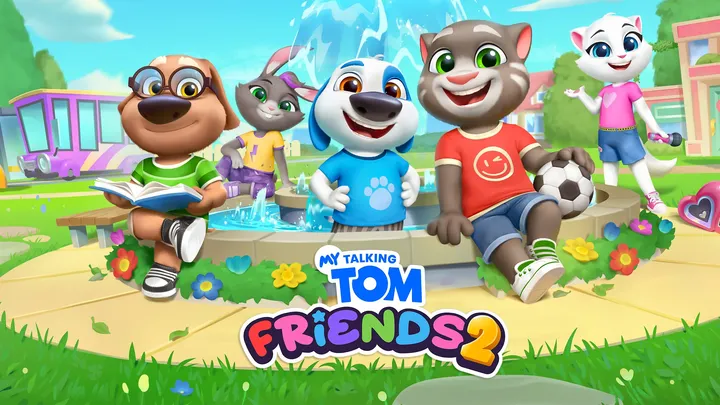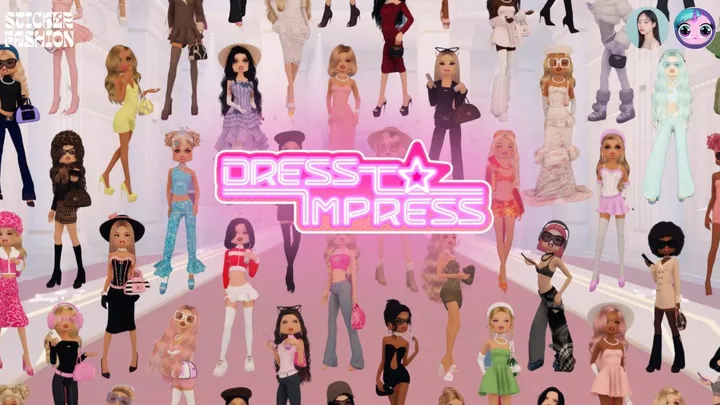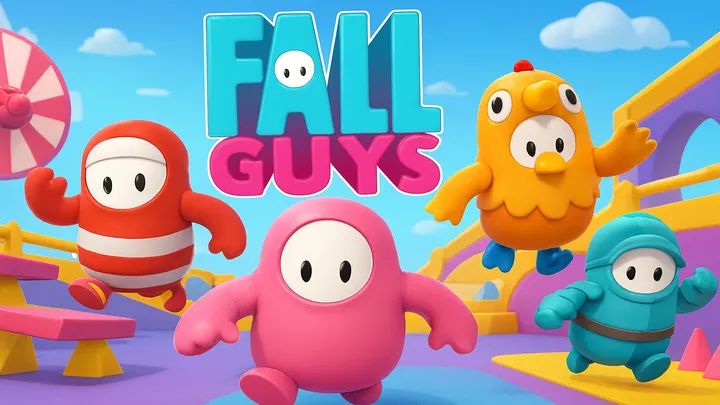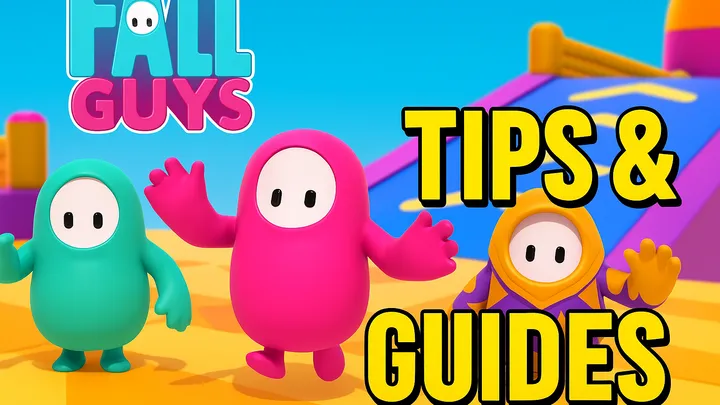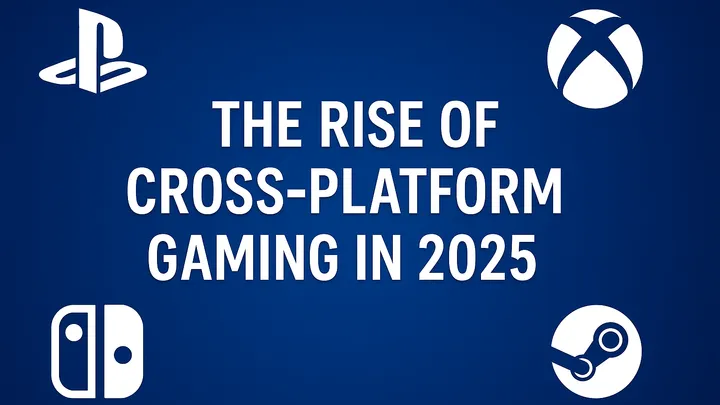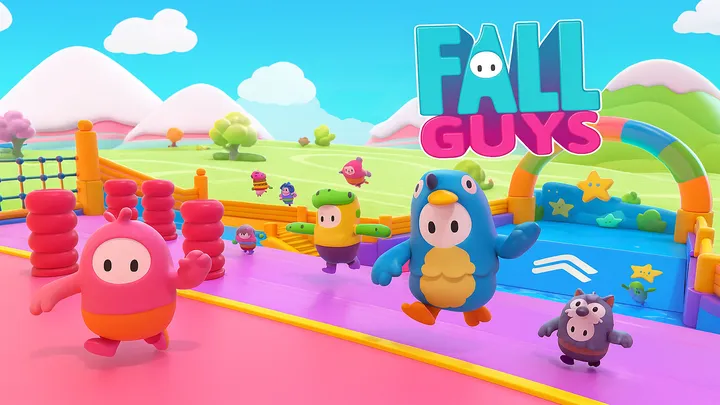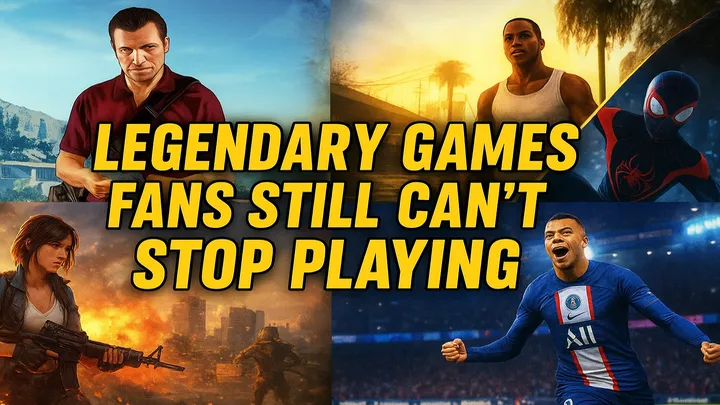Introduction
Video games are more than just entertainment — they’re time capsules of our youth. Whether it was huddling around the TV with siblings, battling friends at the arcade, or sneaking in late-night gaming sessions on handheld consoles, these experiences shaped not only how we played but how we bonded. Childhood-defining games hold a special place in our hearts because they combine nostalgia, groundbreaking gameplay, and unforgettable moments.
In this article, we’ll revisit the Top 10 Games That Defined Childhood Memories. Each title left a mark on gaming culture, introduced innovative mechanics, and built communities that still cherish them today. From classic platformers to timeless RPGs, let’s dive into the experiences that made our childhoods unforgettable.
1. Super Mario Bros. (1985)
Game Introduction
No list of childhood-defining games is complete without Super Mario Bros. on the Nintendo Entertainment System (NES). Released in 1985, it became the foundation of modern platformers and one of the most influential video games ever created.
Gameplay Analysis
Players control Mario (and Luigi in multiplayer) on a quest to save Princess Peach from Bowser. With side-scrolling levels filled with Goombas, Koopas, and iconic power-ups like the Super Mushroom and Fire Flower, the game redefined accessibility and fun. Its difficulty curve kept players engaged, and the level design encouraged exploration and mastery.
Evaluation
Super Mario Bros. is a perfect blend of simplicity and challenge. It taught kids about perseverance and reward while setting a gold standard for platform games. Its legacy lives on in countless sequels and remakes.
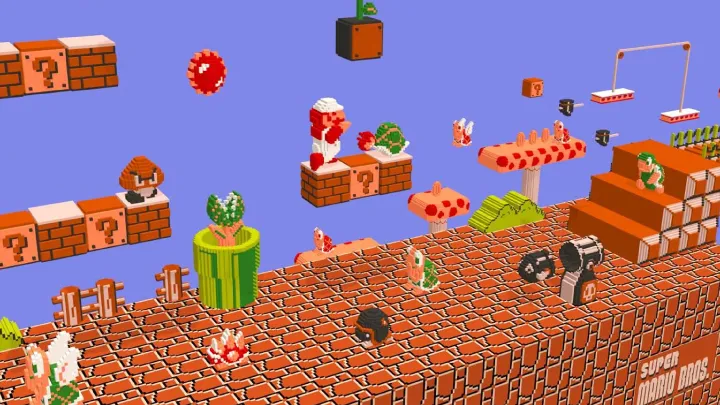
2. Pokémon Red & Blue (1996/1998)
Game Introduction
For many, childhood memories wouldn’t be complete without Pokémon. The original Red and Blue versions introduced players to a colorful world filled with 151 creatures to catch, train, and battle.
Gameplay Analysis
The turn-based RPG formula combined exploration, strategy, and collection. Players traveled across the Kanto region, battled Gym Leaders, and sought to become Pokémon Champions. The trading mechanic between Game Boy systems encouraged social interaction, making the experience larger than the screen itself.
Evaluation
These titles created a global phenomenon. They encouraged teamwork, sparked playground discussions, and made “Gotta Catch ‘Em All!” a cultural mantra. Their charm and accessibility cemented Pokémon as a generational treasure.
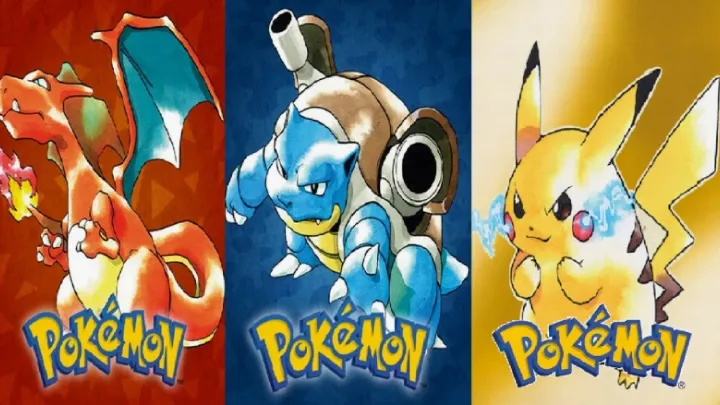
3. The Legend of Zelda: Ocarina of Time (1998)
Game Introduction
Widely hailed as one of the greatest games ever, Ocarina of Time transformed the action-adventure genre and brought players into a 3D fantasy world like no other.
Gameplay Analysis
Players guided Link on his epic quest to save Hyrule from Ganondorf. The game introduced innovative mechanics, such as lock-on targeting, puzzle-solving dungeons, and time travel between young and adult Link. The ocarina itself wasn’t just a tool but a way to create magical melodies that shaped the world.
Evaluation
With its emotional storytelling, open-world design, and timeless music, Ocarina of Time gave players a sense of adventure that still resonates decades later. It wasn’t just a game; it was a rite of passage.
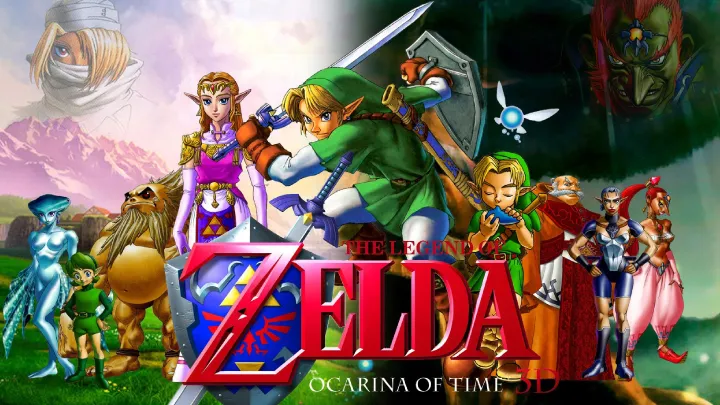
4. Sonic the Hedgehog (1991)
Game Introduction
Sega’s answer to Mario, Sonic the Hedgehog, raced into childhood memories with unmatched speed and attitude. The blue blur became a cultural icon of the 1990s.
Gameplay Analysis
The core gameplay focused on speed, rings, and momentum. Players zipped through loop-de-loops, bounced on springs, and collected Chaos Emeralds across vibrant levels. Unlike Mario, Sonic emphasized flow and velocity, appealing to kids craving adrenaline.
Evaluation
Sonic wasn’t just fun — it gave Sega a mascot with personality. The series taught gamers that platformers didn’t have to be slow and careful; they could be fast, thrilling, and stylish.
5. Minecraft (2009)
Game Introduction
Although more recent, Minecraft defined a new generation’s childhood. Its sandbox design allowed kids to create, explore, and survive in a blocky, limitless universe.
Gameplay Analysis
The beauty of Minecraft lies in its freedom. Whether in Survival mode (facing monsters and resource management) or Creative mode (building anything imaginable), the game inspired creativity and collaboration. Its multiplayer servers created digital playgrounds where kids built cities, role-played, and learned teamwork.
Evaluation
More than just a game, Minecraft became a creative outlet for millions. It fueled imagination, problem-solving, and even education. For today’s children, it holds the same nostalgic weight as Mario or Pokémon.
6. Crash Bandicoot (1996)
Game Introduction
PlayStation’s quirky mascot, Crash Bandicoot, became a beloved part of childhood gaming in the 1990s. With his spinning attacks and wild adventures, Crash offered challenging fun with humor.
Gameplay Analysis
Unlike traditional platformers, Crash Bandicoot used a forward-scrolling perspective. Players navigated tricky jumps, collected Wumpa fruit, and battled eccentric bosses. The blend of platforming and humor made it both fun and challenging.
Evaluation
Though difficult at times, Crash’s wacky personality and unique level design stood out. It showed that PlayStation could deliver mascots as charming as Nintendo’s.
7. Street Fighter II (1991)
Game Introduction
The arcade classic Street Fighter II shaped how we understood competitive gaming. For many kids, it was the first introduction to fighting games and multiplayer competition.
Gameplay Analysis
The game featured a roster of diverse fighters with unique abilities. Mastering combos and special moves like Ryu’s Hadouken or Chun-Li’s kicks became playground bragging rights. Two-player battles created rivalries that kept kids hooked.
Evaluation
Street Fighter II wasn’t just about fighting; it was about skill, strategy, and friendship. It helped build local communities and inspired the modern esports scene.
8. Animal Crossing (2001)
Game Introduction
Nintendo’s Animal Crossing offered a slower, cozy gaming experience. Instead of fighting or racing, players built peaceful lives in charming villages filled with talking animals.
Gameplay Analysis
The gameplay revolved around daily activities — fishing, collecting furniture, chatting with villagers, and paying off home loans. With real-time mechanics synced to the system clock, the game encouraged patience and long-term play.
Evaluation
Animal Crossing taught kids about responsibility, creativity, and community in subtle ways. Its relaxing atmosphere created cherished memories for countless players.
9. Final Fantasy VII (1997)
Game Introduction
For many RPG fans, Final Fantasy VII was their first taste of epic storytelling in video games. Its ambitious world and emotional narrative defined childhood for countless gamers.
Gameplay Analysis
With turn-based battles, materia customization, and cinematic cutscenes, FFVII elevated RPGs to new heights. The journey of Cloud and his companions against Sephiroth was both thrilling and heartbreaking.
Evaluation
The game introduced players to mature themes, proving that video games could be powerful storytelling mediums. For many, Final Fantasy VII wasn’t just a game — it was an emotional experience.
10. Tetris (1984)
Game Introduction
While simple in concept, Tetris was a staple of childhood gaming, especially on handheld consoles like the Game Boy. Its addictive puzzle-solving made it universally appealing.
Gameplay Analysis
Players rotated and stacked falling blocks to clear lines. The increasing speed created tension, while its simplicity made it accessible to all ages.
Evaluation
Tetris is timeless. It honed reflexes, strategy, and patience. For many kids, it was their first true “one more try” game, embedding itself in their memories forever.
Conclusion
Childhood-defining games aren’t just about graphics or mechanics — they’re about the feelings they create and the bonds they strengthen. Whether it was exploring Hyrule, battling friends in arcades, or crafting worlds in Minecraft, these games shaped entire generations.
They remind us of afternoons spent with friends, the thrill of victory, the sting of defeat, and the wonder of discovery. While gaming continues to evolve, these titles will forever remain nostalgic milestones that shaped who we are as players — and as people.




